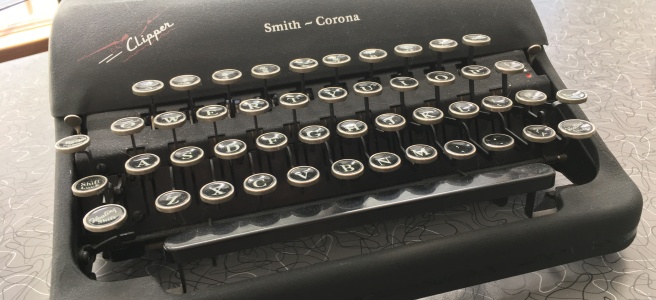One day each November we are urged to celebrate Buy Nothing Day, which exists as a protest against consumerism. As a lifestyle, minimalism, which philosophically requires little, has come into vogue with personalities like Marie Kondo urging us to toss things that don’t spark joy.
Dallas radio host Krys Boyd told listeners to a recent show that this January she went on a quest to buy nothing except those things she truly needed. She soon discovered an entire industry dedicated to selling nothing. Boyd interviewed Kyle Chayka, author of The Longing for Less who also recently wrote an article for The New York Times Magazine called How Nothingness Became Everything We Ever Wanted.
Today we have sensory deprivation tanks, tiny houses and products like clear seltzer that are as close to nothing as we can get. Yet, as Boyd keenly observes “We’re still running to the store to get the thing to make your life seem simpler.”
As Chayka explains it, the current trend “comes out of a sense of disappointment and pessimism. In the modern era and this capitalist, consumerist economy, the message is you buy things in order to be happy; you buy things in order to establish your identity and feel like yourself whether that’s clothing or an iPhone or even a house. We’re gradually discovering that doesn’t really work very well, especially with the pandemic when the outside world has fallen away even more so we’re left with these empty possessions and we’re not sure what to do with ourselves.”
Those in the second-hand industry may be wondering how they could possibly fit into this nothing trend. If you approach someone in the business with the topic, the response may be something that touches on “maximalism.” It brings to mind an antiques dealer at the Original Antique Show in Round Top. On the last day of the show, wanting to make a sale, in frustration he said something along the lines of “when you are my age you won’t have all the nice stuff I have around me. That’s a shame.”
I may be a lot of things, but a minimalist isn’t one of them. With the exception of the computer, appliances, tv, and two chairs from Ikea, I don’t have many recently produced consumer products at home. But I’m not a maximalist either. There is definitely such a thing as an out-of-hand collection or just too much stuff.
To me, it’s about having the right one of everything. Take my typewriter for example. It would be easy to make a collection of them – they are pretty fascinating to me, but one is all I am going to have.
Antiques and art can be quite a good anecdote to disappointment with consumerism, especially since they are most often hand-made, one-of-a-kind pieces. Or in the case of the typewriter, a successful model in very good condition.
In a sense, Marie is right. We should get rid of things that don’t spark joy. We typically have too much consumer stuff at home that’s keeping us from bringing in more meaningful stuff. If you take your time, pay attention to the details and follow your passion, antiques and art have lots of meaning if you have the patience to discover it.
Carefully selected stuff that’s attached to a story or memory is going to have staying power. If you’re feeling dissatisfied with consumerism and disconnected from your stuff, by all means, if it doesn’t spark joy, get rid of it. But then go find unique things that speak to you. Develop a personal connection with your stuff. Know it’s the right thing before you bring it home and know if it’s not, be forewarned, it’ll keep the right thing from coming into your life later.
If you know the story of stuff before you buy it and use the stories to make connections with people, I promise you won’t want to get rid of the right stuff. Almost everything you have will become part of your identity. The things surrounding you at home will “spark joy.”
Discover more from Urban Art & Antiques
Subscribe to get the latest posts sent to your email.


